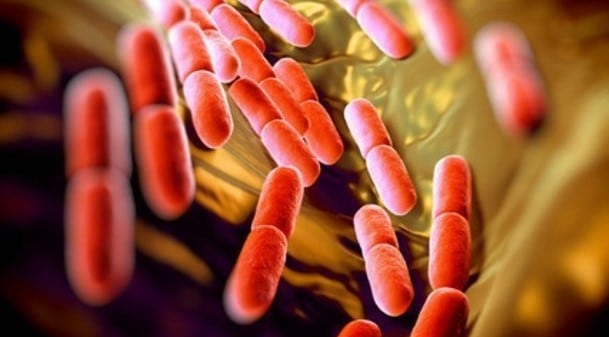The team found that flavonoids such as rutin and hesperidin and fatty acids like omega-3 ranked highly in increasing the lifespan of Caenorhabditis elegans - a worm that shares a similar metabolism to humans.
Other compounds that exhibited life-extending abilities included soy isoflavones, lactose, sucrose, alloin, a constituent of aloe vera and the antibiotics fidaxomicin, rifapentine and chlortetracycline.
"Ageing is increasingly being recognised as a set of diseases in modern medicine, and we can apply the tools of the digital world, such as AI, to help slow down or protect against ageing and age-related diseases,” says Sofia Kapsiani, co-author of the study, who is based at the University of Surrey.
“Our study demonstrates the revolutionary ability of AI to aid the identification of compounds with anti-ageing properties."
The DrugAge database
The machine learning model uses data from the DrugAge database to predict whether a chemical compound will extend the worm’s lifespan.
In total, five predictive models were built using the random forest algorithm with molecular fingerprints and/or molecular descriptors as features.
The top 30 features included descriptors related to atom and bond counts, topological and partial charge properties.
The model was then applied to predict the class of compounds in an external database, consisting of 1738 small-molecules.
The chemical compounds of the screening database with a predictive probability of ≥ 0.80 for increasing the lifespan of C. elegans were broadly separated into flavonoids, fatty acids and conjugates, and organooxygen compounds.
“Our results provide an update on the findings of Barardo et al. (2017), by employing the latest version of the DrugAge database, which includes many more entries,” the paper states.
“Future work would involve in vivo testing of promising compounds such as γ–linolenic acid, rutin, lactulose and rifapentine to investigate their effect on the lifespan of C. elegans, as well as, revaluate the effect of lactose at lower concentrations.
“Finally, further work would also explore how the predicted probability of lifespan increase is affected when testing two structurally similar compounds that promote longevity at different concentrations.”
Flavanoid mechanisms
Flavonoids, which are separated into subclasses based on their chemical structure, includes flavones, flavonols, flavanones, and isoflavones.
They have long been associated with health benefits for age-related conditions such as metabolic diseases, cancer, inflammation and cognitive decline.
Possible mechanisms of action include antioxidant activity, scavenging of radicals, central nervous system effects, alteration of the intestinal transport, sequestration and processing of fatty acids, PPAR activation and increase of insulin sensitivity.
Likewise, mechanisms put forward for fatty acids and conjugates’ life-extending properties includes its ability to increase the worm’s starvation resistance and prolonged its lifespan by stimulating autophagy.
Another mechanism points to the oxidation of omega-3 fatty acid to generate oxylipins that combine with α-linolenic acid to increase of the worm’s lifespan.
Gamolenic acid or γ-linolenic acid (GLA), which was the second top-hit molecule of the screening database with a predictive probability of 0.95, may be affected by conditions such as hypertension and diabetes as well as stress and various aspects of ageing.
The paper cites work suggesting these conditions reduce the capacity of δ-6 desaturase to convert linoleic acid to GLA57. This may lead to a deficiency of long-chain fatty acid derivatives and metabolites of GLA.
GLA has been used as an ingredient in anti-ageing supplements and has demonstrated benefits in humans that includes improvement of age-related anomalies.
Source: Sci Rep
Published online: doi.org/10.1038/s41598-021-93070-6
“Random forest classification for predicting lifespan-extending chemical compounds.”
Authors: Kapsiani, S., Howlin, B.J et al.




